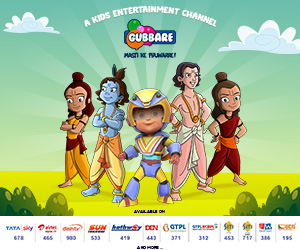For centuries, tarot cards have been made use of as a tool for prophecy, providing understandings and support on numerous aspects of life. Each card in the psychic online reading deck lugs its own unique importance and significance, making the tarot an effective tool for self-reflection and personal growth.
Background of Tarot Cards
The origins of tarot cards are shrouded in secret, with some historians mapping their roots back to old Egypt or China. Nonetheless, the contemporary tarot card deck as we know it today originated in Europe in the 15th century, where it was used for playing card video games before evolving into a device for spiritual and emotional expedition.
It wasn’t until the late 18th century that tarot cards were initially numerology tarot reading utilized for prophecy, with the magazine of the Tarot card de Marseille deck in France. Since then, the tarot card has actually come to be a popular device for psychics, specialists, and individuals looking for support and insight.
Today, there are numerous different tarot decks readily available, each with its very own distinct art work and importance. Nonetheless, most decks are based upon the conventional 78-card tarot card deck, which is divided into two main categories: the Major Arcana and the Minor Arcana.
- The Significant Arcana consists of 22 cards that stand for considerable life occasions and spiritual lessons.
- The Minor Arcana includes 56 cards that are split right into 4 matches: Wands, Cups, Swords, and Pentacles. Each match represents a various element of life, such as creativity, feelings, intellect, and material ownerships.
How to Review Tarot Card Cards
Reviewing tarot cards is an ability that takes time and method to establish. While there are several means to translate the cards, the majority of fortunetellers utilize a mix of instinct, meaning, and standard significances to supply understandings and guidance.
When carrying out a tarot card analysis, the viewers will typically shuffle the cards and lay them out in a certain pattern, known as a spread. Each card in the spread stands for a various facet of the concern or circumstance being dealt with, enabling the viewers to acquire understandings into the past, present, and future.
It’s important to bear in mind that tarot card cards are not a wonderful remedy to your troubles, yet instead a tool for self-reflection and self-contemplation. By utilizing the cards to discover your ideas and sensations, you can get a deeper understanding of yourself and your situations.
Analyzing the Cards
Each tarot card in the deck has its very own one-of-a-kind significance and meaning, which can vary depending upon the context of the analysis and the individual interpreting the cards. However, there are some common interpretations that are commonly accepted among fortune-teller:
- The Fool: Represents new beginnings, spontaneity, and innocence.
- The Illusionist: Represents manifestation, creative thinking, and self-control.
- The High Priestess: Represents instinct, mystery, and inner wisdom.
- The Empress: Stands for nurturing, abundance, and fertility.
- The Emperor: Represents authority, framework, and control.
- The Lovers: Represents partnerships, connections, and selections.
Verdict
Whether you’re an experienced tarot reader or just starting your trip with the cards, there is much to be gained from the wisdom and meaning of the tarot deck. By discovering the significances of each card and practicing your intuition, you can unlock the secrets of the tarot card and gain useful understandings into your life and the world around you.



